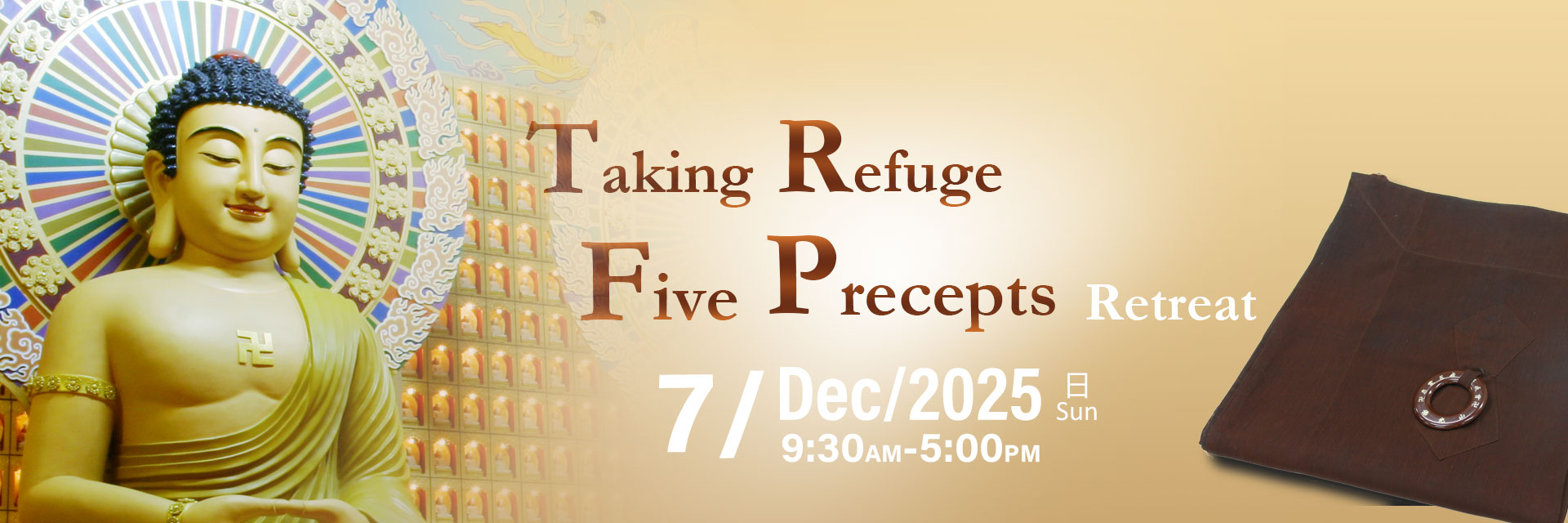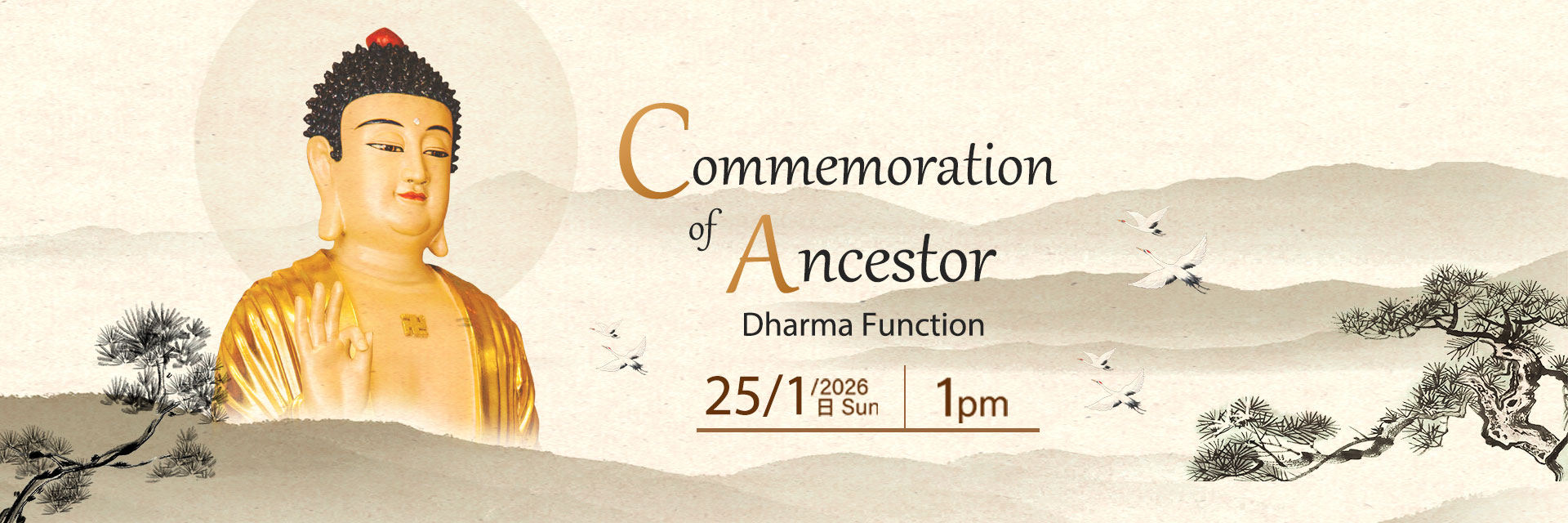|
|
 |

|
AWARD OF EXCELLENCE: Located in a quiet, peaceful environment, overlooking Mount Keira and Mount Kembla, Nan Tien Temple has now been recognised as a wonderful place to visit. Due to its multi-functional role, the Temple has been proudly awarded for the following awards: 2011 - Winner of Major Tourist Attactions in South Coast Tourism Awards 2011 - Winner of South Coast Champion in South Coast Tourism Awards 2000 - First prize in the Schools/Institutions section at the Wollongong Garden Festival 1999 - Award of Excellence for the NSW Tourism Competition 1997 - Winner for Major Tourist Attraction in the Illawarra and Southern Highlands Tourism Competition 1996 - Award for Gardening 1995 - Award for Best Architecture 1995 - Award for Best Lighting Design |

|

|

|
 |
2014 - Gold Winner South Coast Tourism Awards
 |
 |
OBJECTIVES OF FO GUANG SHAN: To propagate Buddhist teachings through cultural activities; To foster talent through education To benefit society through charitable programs To purify human hearts and minds through Buddhist practice Fo Guang Shan International Buddhist Order promotes Humanistic Buddhism, aiming to make Buddhism relevant in the world, in our lives, and in each one of our hearts. FO GUANG BUDDHIST'S MOTTO ESTABLISHED BY VENERABLE MASTER HSING YUN IS AS FOLLOWS:
|
 |
HISTORY OF TEMPLE
 |
Since the establishment of Fo Guang Shan, the number of people practicing Buddhism has been increasing around the word. Under the guidance of respectable and renowned Master Hsing Yun, 120 Fo Guang Shan branches were opened over 5 continents, one of which, the Nan Tien Temple, the largest in the Southern Hemisphere, is situated in the Wollongong area in NSW, Australia. In 1990, the Mayor of Wollongong discussed the plan and supported the idea of building a Buddhist temple on the approval and assistance of all council members. Land of an area of 26 acres was then donated for building the temple. The ground breaking ceremony took place on the 28th November 1992 and the project started in 1992. This project took 5 years planning and 2 years construction. Nan Tien temple will take its role in bridging the East-West cultures. The Temple has adopted the Chinese palace building style, bringing tradition and modern ideas into one. There are 4 principle characteristics as follows: |
|
1. TRADITIONAL AND MODERN
|
 |
 |
|
3. JOINT-PRACTICE OF UNDERSTANDING AND APPLICATION
|
 |
 |
|
4. COMBINED BUDDHISM AND ARTS
|







